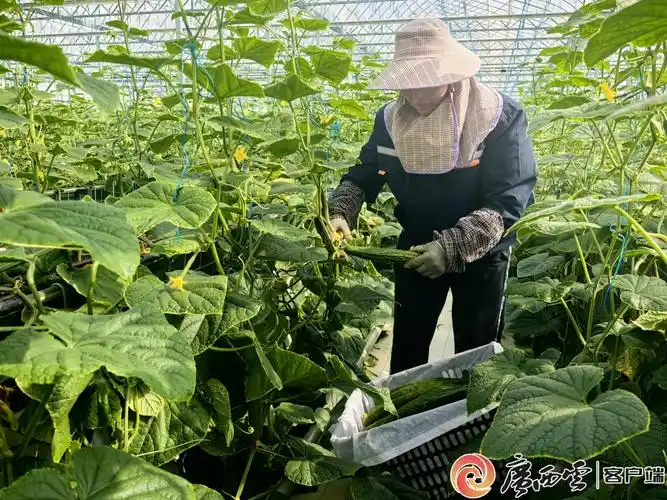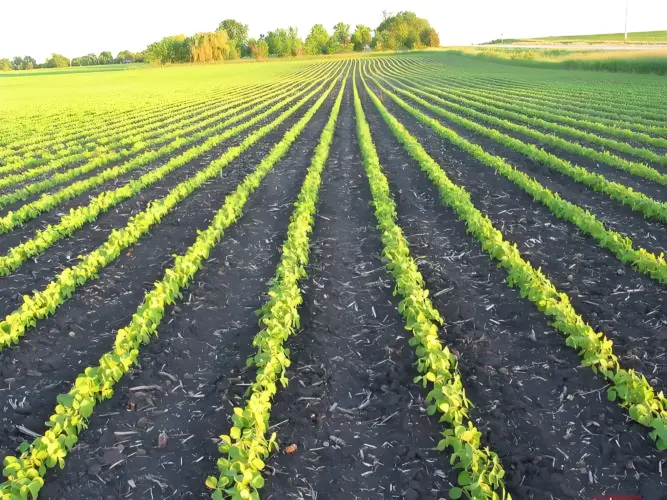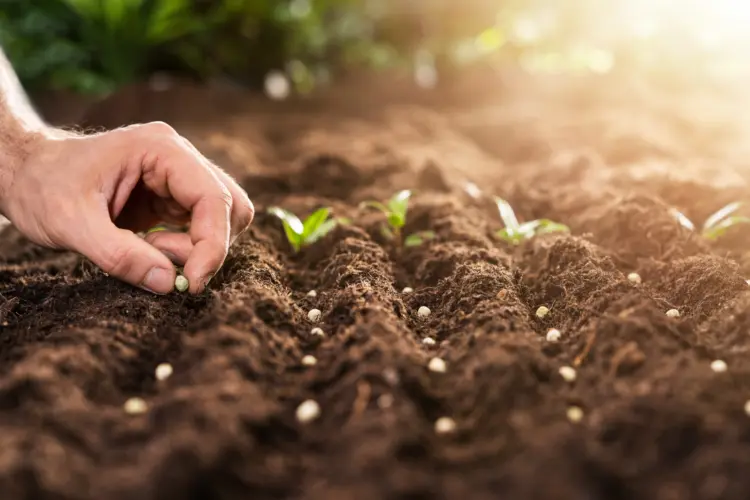Explanation of Cover Crops
Cover crops, also known as green manure, are plants grown primarily to benefit the soil rather than for harvest. Common cover crops include legumes (such as clover and vetch), grasses (such as rye and oats), and brassicas (such as mustard). These crops are sown during off-seasons or between crop cycles to improve soil health, prevent erosion, and enhance biodiversity.
Benefits for Soil Health and Pest Control
Soil Health
Improving Soil Structure: Cover crops enhance soil structure by adding organic matter and promoting soil aggregation, which improves aeration and water infiltration.
Nutrient Cycling: Leguminous cover crops fix atmospheric nitrogen, enriching the soil with this essential nutrient. When cover crops decompose, they release nutrients that are beneficial for subsequent crops.
Erosion Control: The root systems of cover crops stabilize the soil, reducing erosion from wind and water.
Pest Control
Weed Suppression: Dense growth of cover crops shades out weeds, reducing their establishment and growth.
Pest and Disease Management: Certain cover crops can disrupt pest life cycles, attract beneficial insects, and reduce disease incidence by promoting a diverse ecosystem.
Guide to Selecting and Planting Cover Crops
Selecting Cover Crops
Soil and Climate: Choose cover crops that are well-suited to your soil type and climatic conditions. For example, rye is hardy and can grow in most soils, while clover prefers well-drained soil.
Crop Rotation: Consider the main crops in your rotation. Use cover crops that complement them, such as legumes before nitrogen-demanding crops.
Planting Cover Crops
Timing: Plant cover crops at the end of the growing season or between main crops to maximize benefits.
Seeding: Use the appropriate seeding rate and method for the selected cover crop. Broadcast seeding or drilling are common methods.
Termination: Before planting the main crop, terminate cover crops by mowing, tilling, or using a roller-crimper to incorporate them into the soil.
FAQs
1. What are the best cover crops for enhancing soil fertility?
Legumes like clover and vetch are excellent for fixing nitrogen, while grasses like rye are great for adding organic matter and improving soil structure.
2. How do cover crops help control pests?
Cover crops can provide habitats for beneficial insects, disrupt pest breeding cycles, and create a physical barrier that deters pests.
3. Can cover crops be used in small gardens?
Yes, cover crops can be effectively used in small gardens to improve soil health, suppress weeds, and recycle nutrients.
By incorporating cover crops into organic farming practices, farmers can enhance soil health, improve pest management, and promote sustainable agricultural systems. Cover crops offer a versatile and effective solution for maintaining productive and healthy soils.






